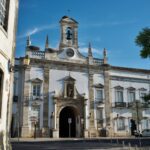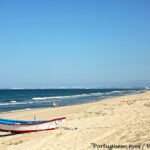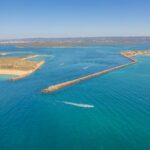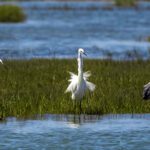Portugal’s natural landscapes captivate with their astoundingly varied terrains, which offer visitors an array of memorable activities – wildlife tours, mountain treks, the opportunity to take breathtaking photos.
In a significant nationwide poll, nearly 700,000 participants cast their votes to determine the Seven Natural Wonders of Portugal — a celebration of the country’s most cherished natural landscapes. Revealed in a grand ceremony in Ponta Delgada, Azores, these wonders were selected not just for their beauty but as a rallying cry to cherish and protect these treasures for future generations. This initiative, coinciding with the International Year of Biodiversity, highlights the ongoing commitment to appreciate and conserve the spectacular environments that define Portugal.
If you are traveling in Portugal and would like to take an unforgettable guided journey through one of the country’s Seven Natural Wonders, consider booking one of our Boat Tours in the Ria Formosa.

Volcanic Landscape of Pico Island, Azores
Pico Island is dominated by Mount Pico, the highest point in Portugal, whose majestic conical shape is a stark reminder of the island’s volcanic origins. This mountain not only offers a rich geological landscape but also hosts unique vegetation adapted to its harsh conditions.
From its summit, one can behold panoramic views of the Atlantic and nearby islands of the Azores’ central group. In winter, its slopes are often blanketed with snow, adding to its allure.
The surrounding areas, including the UNESCO-listed Protected Landscape of Vinha do Pico, feature distinctive vineyard corrals made from local black basalt.

The Ria Formosa
The Ria Formosa stretches impressively across 60 kilometers of the Eastern Algarve coast, from Praia da Manta Rota in the east to Praia do Ancão in the west. Encompassing approximately 20,000 hectares, this dynamic lagoon system is framed by two peninsulas and several barrier islands that provide a natural defense against the open sea.
Since 1987, Ria Formosa has been designated a Natural Park, reflecting its profound ecological value and scenic beauty. Internationally recognized, Ria Formosa holds a classification as a Wetland of International Interest under the Ramsar Convention. This acknowledgment underscores its critical role as a habitat for numerous waterfowl species, making it a vital part of global biodiversity conservation efforts.
Additionally, it is integrated into the Natura 2000 Network, indicating its status both as a Site of Community Importance and as a Special Protection Zone. These designations highlight the area’s ecological importance and its contribution to Europe’s natural heritage.
Visitors to Ria Formosa can explore its unique ecosystem through birdwatching, enjoying the local seafood, or simply appreciating the serene beauty of its coastal landscapes. And there’s no better way to appreciate the area’s natural beauty than with a Guided Boat Tour from Faro.
If you’d like to see the areas wildlife in the company of expert guides, consider a Marine Life and Dolphin Watching Boat Trip from Faro or a Ria Formosa Bird Watching Boat Tour.
Laurissilva Forest, Madeira
The Laurissilva Forest on the north coast of Madeira Island spans approximately 15,000 hectares within the Madeira Natural Park. Dating back 20 million years to the Miocene and Pliocene periods, this forest is named from the Latin words for laurel (“laurus”) and forest (“silva”).
Recognized as a UNESCO World Heritage site, it supports a unique biodiversity and serves as a living laboratory for scientific study. Efforts since the 1970s have successfully reversed its earlier decline, preserving its ancient trees and rich ecosystem.
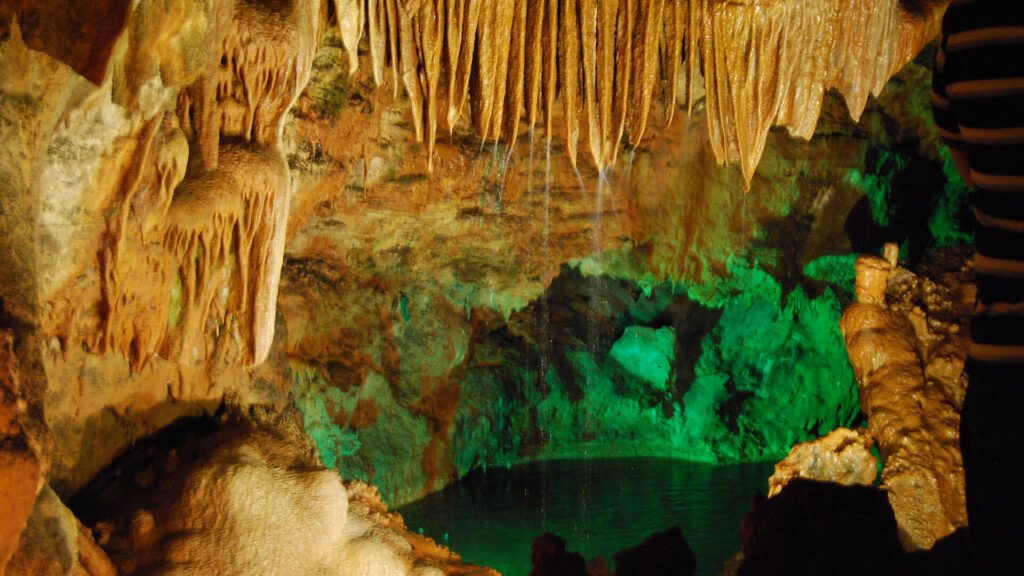
Mira de Aire Caves, Porto de Mós
Discovered in 1947, the Mira de Aire Caves are the largest tourist-accessible caves in Portugal, offering visitors a glimpse into 700 meters of their 11-kilometer length. These caves are celebrated for their spectacular natural limestone formations, including rare and stunning stalactites and stalagmites. Located in an area prone to periodic flooding, the caves’ ecological and aesthetic values make them a significant site for both tourism and speleology (the scientific study of caves).
Sete Cidades, São Miguel, Azores
The Sete Cidades is a landscape possessing a rare mystique. This volcanic complex, rich in geological, ecological, hydrological, and scenic values, forms one of the most iconic vistas of the Azorean archipelago. Revered for its dual-colored lagoon surrounded by lush greenery and steep calderas, the otherworldly Sete Cidades has inspired numerous legends and continues to be a pinnacle of Azorean tourism.
Portinho da Arrábida
At the foot of the Serra da Arrábida, the Portinho da Arrábida is renowned as one of Portugal’s most stunning coastal retreats. Situated about 40 km south of Lisbon, the Little Port of Arrábida boasts a picturesque setting where the lush greenery of the Mediterranean forest meets crystal-clear waters.
The beach is framed by the striking white limestone cliffs and the quaint charm of local homes and boats moored in the cove. Offshore, the Professor Luís Saldanha Marine Park, stretching to Cabo Espichel, showcases an exceptional biodiversity with over 1,000 species of marine life.
The breathtaking view also includes landmarks such as Pedra da Anixa and the distant Tróia Peninsula, making Portinho da Arrábida a picture-perfect destination that beautifully contrasts land with sea.
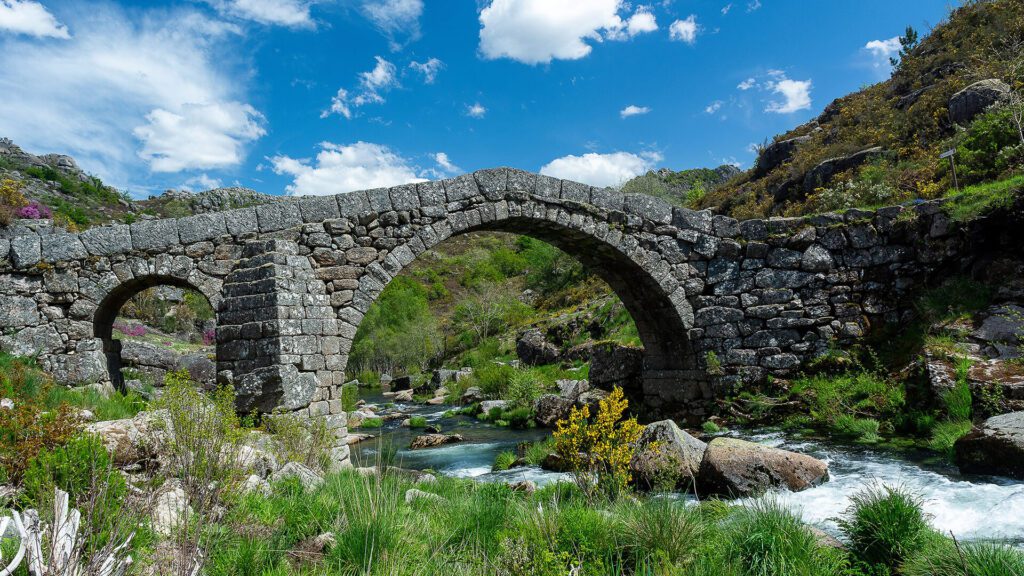
Peneda-Gerês National Park, Northern Portugal
Established in 1971, Peneda-Gerês National Park spans 72,000 hectares across five municipalities in northern Portugal and stands as the country’s only national park. It stretches from the southern Serra do Gerês to the Serra da Peneda and Amarela, reaching up to the Spanish border.
The park was created to preserve the unique natural environment while promoting educational, tourist, and scientific activities. Its protected status signifies the area’s geological, geomorphological, and biological diversity – the Peneda-Gerês National Park is an essential refuge for the region’s wildlife and a super destination for nature-loving travelers.
This brings our list of Portugal’s Seven Natural Wonders to a close. I have it has provided you with plenty of inspiration for your travels in Portugal.
If you’re traveling in the south of the country, be sure to consider joining us on one of our Ria Formosa Boat Tours or Private Ria Formosa Boats.



